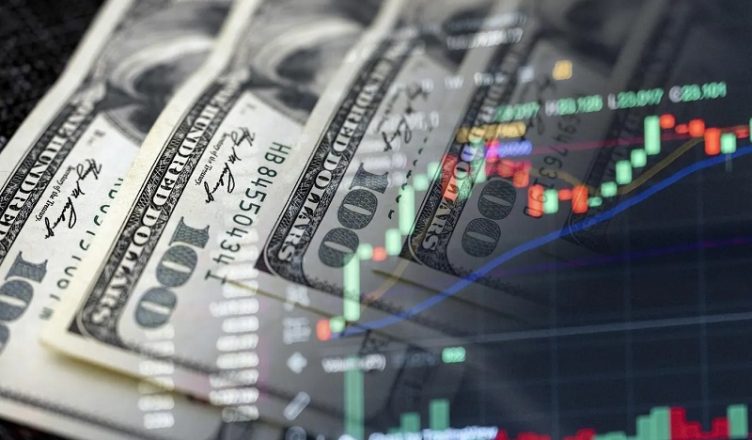The foreign exchange market presents a complex web of opportunities intertwined with equally challenging risks. Experienced traders recognise the importance of constant learning and strategy adaptation to maintain a competitive edge.
This article delves into advanced strategies seasoned traders can employ to navigate the forex landscape. It discusses the intricacies of market analysis, the implementation of robust risk management techniques, and the psychological fortitude required to endure the market’s volatility. This exploration does not guarantee success but aims to provide insights that could be vital in making informed trading decisions.
Understanding market correlations
Traders can benefit from recognising the interconnectedness of currencies and other financial instruments. Analysing market correlations involves identifying pairs that move in tandem and those that move inversely. Understanding these relationships can inform decisions and enable the deployment of complex strategies such as pairs trading.
This can include analysing how currency pairs correlate with commodities, bonds, and indices, to which as a response, traders can hedge their investments and potentially reduce unforeseen risks. For example, certain instruments in the same sector may experience rises and falls simultaneously, while other instruments may be inversely correlated – meaning when one rises, the other falls.
Implementing advanced technical analysis
Technical analysis remains a cornerstone of forex trading strategies. Experienced traders may use advanced indicators and chart patterns to identify potential entry and exit points. Examples of technical analysis are Fibonacci retracements, the Elliott Wave Theory, and the Ichimoku Cloud. These help traders identify patterns and confirm them – and then to identify market entry and exit points.
Yet, a comprehensive analysis is not just about recognising patterns but also understanding the underlying market psychology that forms them. Experienced traders often integrate multiple technical tools to corroborate their analyses, seeking convergence of signals to validate their trading decisions. For example, they may investigate how market sentiment and fundamental market changes can impact how market patterns form and emerge.
Leveraging economic indicators
Economic indicators are crucial in shaping currency values, and they form fundamental analysis, which is the essential counterpart to technical analysis. Traders can use reports such as GDP growth rates, employment figures, and interest rate decisions to forecast market movements. There is a need for a nuanced approach to avoid common misinterpretations of data releases, as well as knowledge of how to interpret data releases based on experience and theory.
Traders who master the art of fundamental analysis can often anticipate market turns and trends. This segment delves into interpreting high-impact news events and economic data, discussing strategies to leverage this information for strategic entry and exit points in the forex market.
Risk management tactics
Risk management is fundamental to long-term success in forex trading. Setting stop-loss orders and adjusting leverage in forex can often be a key risk management tactic, because leverage is a double-edged sword that can maximise profits but also maximise losses to the same degree. It is essential to have a well-structured risk-to-reward ratio when trading and apply it consistently across trades.
Still, an experienced trader knows that managing risk is not just about limiting losses but also about preserving capital for future opportunities. It can be a good idea to take on advanced risk management techniques too, such as trailing stops and scaling out of positions, to maximise the potential for returns while protecting your funds.
Adapting to geopolitical shifts
Forex markets are susceptible to geopolitical events, as all other financial markets are. Traders must stay abreast of global developments and understand their potential impact on currency pairs. By incorporating geopolitical analysis into trading strategies and remaining flexible in the face of unexpected events, traders can remain agile and respond to changes in time.
Navigating geopolitical turbulence requires a blend of quick thinking and thorough analysis. By practising scenario planning and staying up to date with real-time news, traders can find success when adjusting their strategies in response to world events that shape the economic landscape.
Psychological resilience in trading
The psychological aspect of trading is often as crucial as the strategy itself. Experienced traders must cultivate strength to cope with losses and maintain discipline in following their trading plan. Managing emotional responses and maintaining objectivity in trading decisions is essential.
Developing a trader’s mindset is about more than just patience and discipline; it’s about conditioning oneself to handle the highs and lows of trading. If this is a weak point for you as a trader, it is worth investing in mental practices that can help stabilise your trading mindset, such as mindfulness and the continuous review and improvement of your trading habits.
To that end
The journey through the forex landscape is fraught with challenges that demand a trader’s unwavering attention and adaptability. The strategies outlined offer a glimpse into the multifaceted approach required to navigate this environment. While the path to sustained profitability is uncertain, traders who commit to continuous learning and disciplined execution may be better equipped to tackle the markets’ complexities. This article is not a roadmap to success but a guide to assist in the journey of forex trading.

